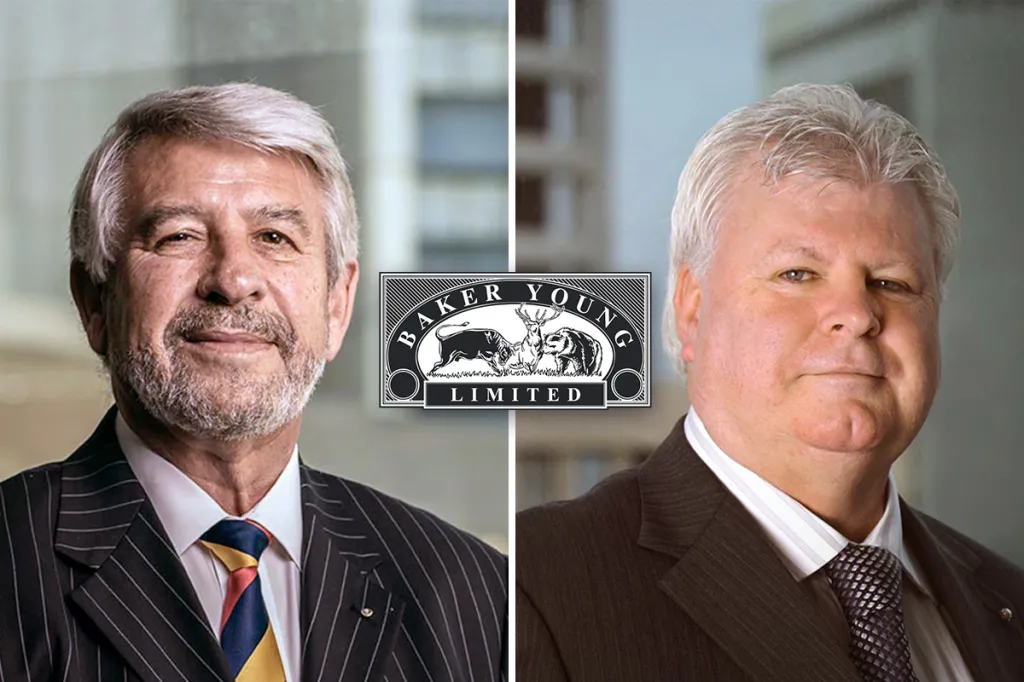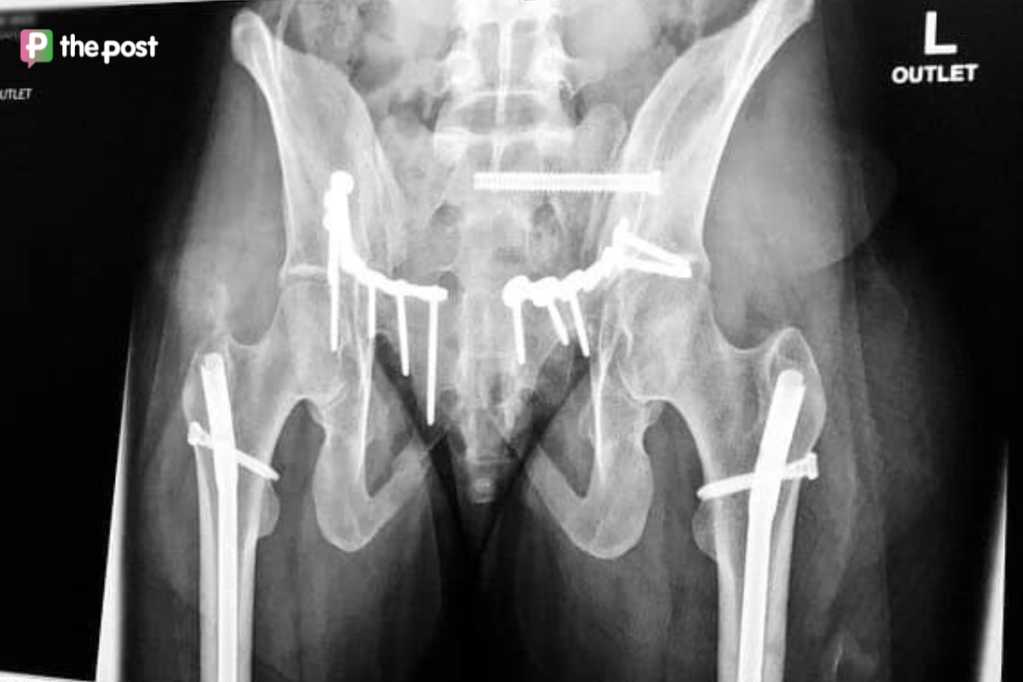Ask the Expert: Changing super funds, pension phase, and small balance strategy
This week financial advisor Craig Sankey looks at how to change super funds and if combining funds is worth the effort.

Question 1
My large super fund has recently increased costs and fees and I queried same. In my opinion, the response to date has been primarily inadequate and unprofessional. Do you have any info regarding changing super funds and the pros and cons involved in moving to another fund? Thank you.
If you are unhappy with your current fund, then it is a good idea to search and select a new fund.
You have stated fees as a consideration, and this is a popular comparison point.
In addition to this long-term net performance is probably more important, as ‘net’ performance already takes into account fees.
However, it is also worth acknowledging that fees are known upfront but future performance is not.
Insurance
If you have insurance within your super that you are retaining, then it’s also important to compare your current cover with the new fund’s insurance offering and associated premiums.
The loss of insurance is one “con” that can inadvertently happen if you don’t consider it.
Many funds now offer a transfer of your existing insurance amounts across to a new fund, so if that is important to you then please consider it.
As well as choosing an appropriate fund, you should also ensure you are choosing and comparing appropriate investment options.
You might like
Most people stay in the default option, you should check if this is right for you. Think about how much investment risk you’re comfortable with.
A higher-growth option will have higher risk and experience more volatile returns over the short term.
But it will usually achieve higher returns over the long term.
A conservative option will offer lower risk but lower returns over the long term.
Research options
SuperRatings and ChantWest are two research companies that you can use to help you research an appropriate fund.
The ATO also has a comparison tool. And if you have added your ATO details to your MyGov account, then this makes switching very easy.
When transferring between super funds you will be out of the market for a few days, but this is generally not a big issue.
The biggest “pro” is that you will then be in a high-performing super fund that you are comfortable with, and invested in an appropriate investment option that you will stick with over the long term.
While you should do your research and select a suitable fund (or obtain advice), also remember that you are not locked into the new fund either.
You can always undertake future reviews and switch to another fund at any time.
Question 2
Hi Craig, Thanks for this weekly column. You provide a great education around a complicated Centrelink, tax and superannuation system. My question is, can you do the “cash out & re-contribution strategy” when you are already in the pension phase of superannuation, or can this only be done while still in the accumulation phase? Thank you.
Thanks for those comments.
A “cash out & re-contribution strategy” reduces your superannuation taxable component and upon death may mean your beneficiaries pay less (or no) tax on the proceeds of your super.
I covered this in detail in a previous article.
Stay informed, daily
Yes, even if you are already in pension phase you may still be able to undertake this strategy so long as you are under the age of 75.
Accumulation account
However, you need to first reopen an accumulation account to recontribute the funds back to super.
Once you have completed the cash out and re-contribution strategy you can then amalgamate the funds again and start a new pension.
Be careful not to exceed your non-concessional (after tax) contributions cap when re-contributing the funds to super.
How much you can re-contribute to super is based on your “total super balance”, which includes all accumulation and pension funds.
The table below provides these details:
| ‘Total Super Balance’
as at June 30, 2024 | Non-concessional cap
How much after-tax money you can contribute to super |
| $1.9 million or higher | Nil |
| $1.78 million to less than $1.9 million | $120,000 |
| $1.66 million to less than $1.78 million | $240,000 (using the ‘Bring Forward Rule’) |
| Less than $1.66 million | $360,000 (using the ‘Bring Forward Rule’) |
Question 3
What do I do with a small amount left in a super fund? I have under 15k in a super fund. I am 66; have been retired for two years. My husband is 62, semi-retired, manages our assets. As a couple we have a self-managed super fund tied up in shares. Balance of assets is tied up in small property portfolio. Our cash flow is tight. What would be your advice on how to manage the small amount of cash in the super fund? What account should it be put in to minimise tax?
If you have a small super fund, in a separate fund, and another fund with a larger balance, in this case a SMSF, the first thing I would look at would be to combine the funds.
Unless you have a reason to retain the small fund, such as wanting to hang onto the insurance that may be attached, you can roll over the $15K into your account within the SMSF.
This keeps the money in a very tax-effective environment and given your age, you can always access the funds at any time tax free.
The other issue is ensuring the funds stay liquid (easily accessible), perhaps by investing in a high-yield cash account within super.
Given you have said that you have most of your other investments tied up in property, you need to ensure that these funds can be accessed quickly if required.
Craig Sankey is a licensed financial adviser and head of Technical Services and Advice Enablement at Industry Fund Services.
Disclaimer: The responses provided are general in nature, and while they are prompted by the questions asked, they have been prepared without taking into consideration all your objectives, financial situation or needs.
Before relying on any of the information, please ensure that you consider the appropriateness of the information for your objectives, financial situation or needs. To the extent that it is permitted by law, no responsibility for errors or omissions is accepted by IFS and its representatives.
– TND








